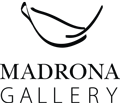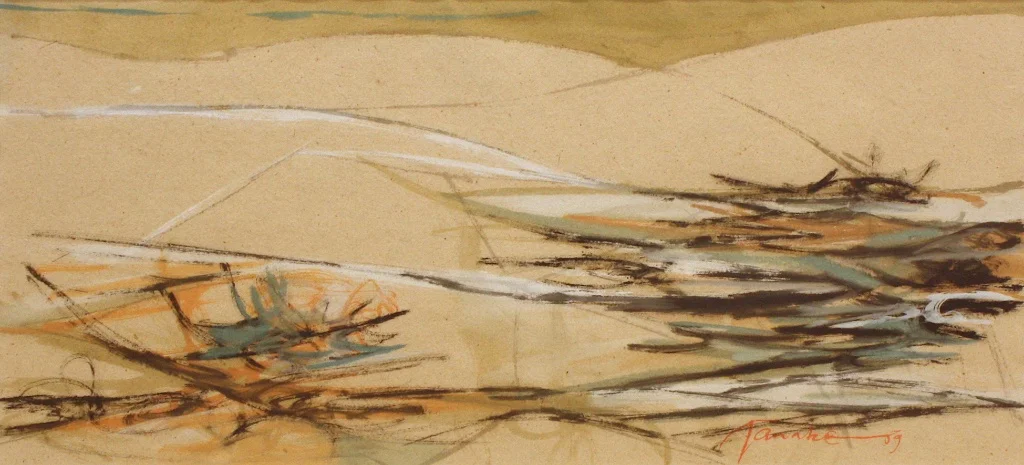William Perehudoff
/Please contact gallery for available works
1919 – 2013
Associated with the Colour Field movement, William Perehudoff and his works hold an important place in contemporary Canadian art history. Central to Perehudoff's work is the emphasis on form, process, and colour rather than brushstrokes or figurative depictions.
Perehudoff was born in 1919 just west of Saskatoon. He left high school after grade 11 to take up farming, but soon became interested in painting, mostly in watercolour. In the 1940s his work was discovered and encouraged by Eva Mendel, a Berlin-trained painter and daughter of Fred Mendel, who would go on to be the founder of the Saskatoon's Mendel Art Gallery.
Perehudoff found inspiration from the vast openness of the prairies, where he would continue to establish himself for most of his career. He studied at the Colorado Springs Art Center from 1948-49, later leaving for New York to study with French Cubist Amédée Ozenfant who would influence Perehudoff and instill the importance of having a significant form and avoiding non-essential elements in his work. Even greater still was the impact of the Emma Lake Artist's Workshops, which enabled Perehudoff to explore new techniques and ways of thinking about his art. For Perehudoff, one of the most notable of these workshops was the 1963 workshop led by American painter Kenneth Noland. During this time, Perehudoff would experiment with the balance between colour, form, and space.
His work is held in numerous public and private collections, including the National Gallery of Canada, the Glenbow Museum, Remai Modern, Art Gallery of Ontario, and many others.














